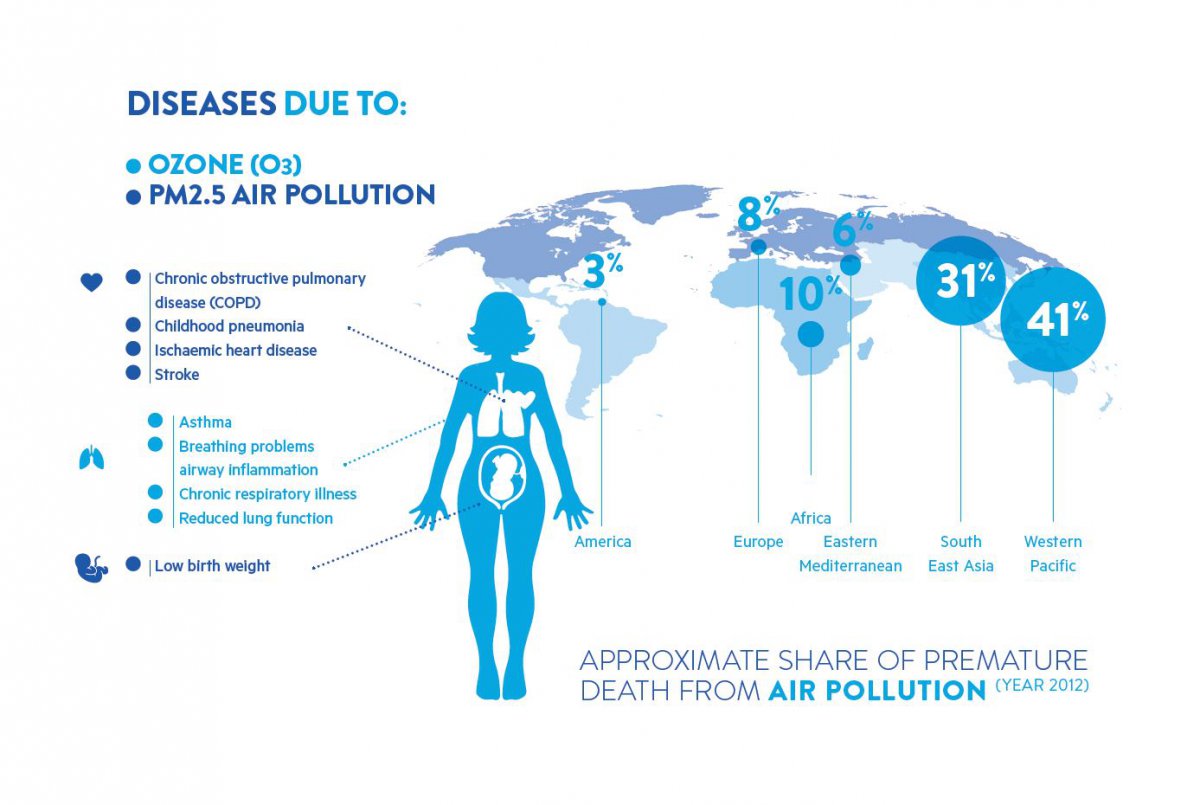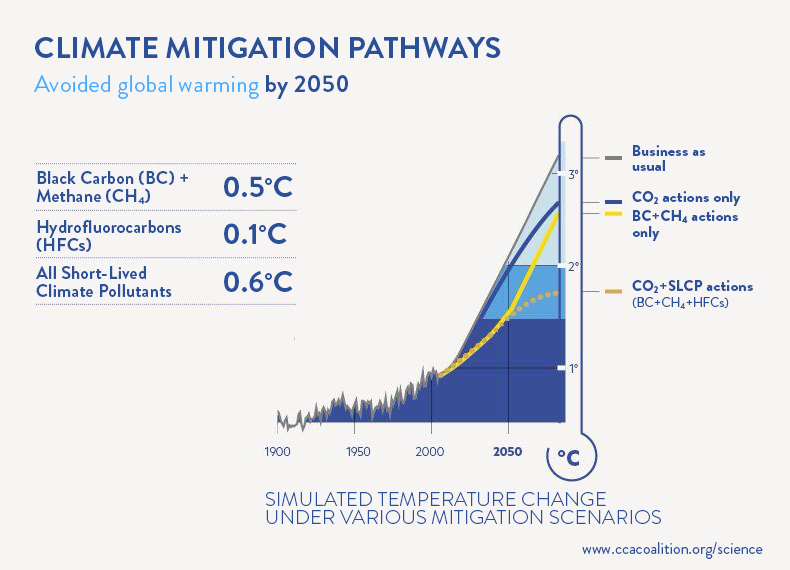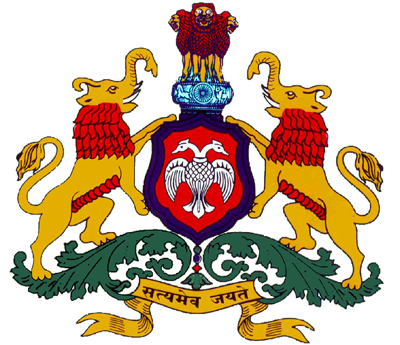Inventorization of Short-Lived Climate Pollutants (SLCP) in Karnataka
Since the adoption of sustainable development goals under Agenda 2030 in the year 2015 and the UNFCCC Conference of Parties at Paris (COP 21), the Indian government has committed itself to undertake processes that strengthen these initiatives like National Clean Air Program 2019 and India Cooling Action Plan 2019 to enhance the action on the targets under the above mentioned international conventions and agreements. Further, India has adopted the ambitious nationally determined contribution (NDC) target, 45% reduction in emission intensity of GDP by 2020 compared to 2005 levels, for mitigation of climate change and is committed to promoting the targets under the Agenda 2030, combating desertification, and biodiversity conservation.
This has motivated the state governments in India to prioritise the initiatives and adopt policies that contribute to the targets on air and water pollution, waste management, natural resource conservation, and enhancing the resilience of infrastructure and livelihoods. However, studies that can support policy development are lacking. There is a need to assess emission data on different environmental and human health parameters to evolve options for evidence-based public policymaking.
Mitigation of short-lived climate pollutants (SLCP), namely, black carbon, tropospheric ozone, methane, and hydrofluorocarbons can potentially help in maintaining the 1.5 degrees-compatible global warming trajectory, and provide significant human health and agriculture productivity benefits. The importance of mitigating SLCPs is underscored by the fact that these climate forces (i) contribute up to 40% of the global warming to date, (ii) possess much higher warming potential compared to carbon dioxide but have a much shorter lifetime that spans between days and several years, and (iii) their emissions are projected to increase steeply in the near future if control measures are not undertaken (www.ccacoalition.org)

Methane: Methane is a potent greenhouse gas with a global warming potential 72 times higher than CO2 over a period of 20 years and has an atmospheric lifetime of 12 years. Mitigation of such SLCP has an immediate benefit in reducing the near-term warming. A quick action on methane mitigation can contribute to slow the planet’s warming by about half a degree by 2050 (www.ccacoalition.org).
Black Carbon: Incomplete combustion of fossil fuel and biomass results in the emission of CO, NOx, SOx, hydrocarbons, benzene and particulate matter (PM2.5 and PM10). Globally, more than 4 million premature deaths can be attributed to PM2.5 pollution per year. Black carbon (BC) is a significant component of PM2.5 (10-60%). With an average atmospheric lifetime of 4-12 days, mitigation of BC emission is a low hanging fruit for combating global warming in short-term.
Tropospheric Ozone: In the stratosphere, ozone protects life on Earth from the sun’s ultraviolet radiation. In contrast, at lower levels, it is an important greenhouse gas and air pollutant, which is harmful to human and ecosystem health. It is also a major component of urban smog. Tropospheric ozone has an atmospheric lifetime of hours to weeks. It does not have any direct emissions sources, rather it is a secondary gas formed by the interaction of sunlight with hydrocarbons – including methane – and nitrogen oxides, which are emitted by vehicles, fossil fuel power plants, and other man-made sources.
Hydro-Fluro-Carbons: Hydrofluorocarbons (HFCs) are the most common type of organofluorine compounds that are extensively in air conditioning and as refrigerants. In order to aid the recovery of the stratospheric ozone layer, HFCs were adopted to replace the ozone depleting chlorofluorocarbons (CFCs), which were phased out from use by the Montreal Protocol, and hydrochlorofluorocarbons (HCFCs) which are presently being phased out. They do not harm the ozone layer as much as the compounds they replace, but they do contribute to global warming, with trifluoromethane having 11,700 times the warming potential of carbon dioxide. Mitigating HFC emission is a critical link in protecting the climate and the ozone layer since a steep increase in the dependence on air conditioning and refrigeration is foreseen in India.
Information on the sources of SLCP emission particularly, at the sub-national levels for the states is lacking. Such information for Karnataka state is necessary to assess SLCP sources and emission quantum to initiate mitigation policies and actions. The work contributes directly to enhance Sustainable Development Goals (SDG) achievement and climate action towards the AR6 IPCC WG II (2022) articulated “…brief, rapidly closing window to secure a liveable future”. Further, identifying the co-benefits and economic savings of SLCP mitigation and creating awareness are necessary to drive policies and fund allocation.
In this context, the objectives of the project are to carry out: (i) baseline inventory, modelling and scenario-based projections of SLCP (black carbon, tropospheric ozone, methane, and hydro fluorocarbons) emission in Karnataka (ii) socio-economic analysis of SLCP mitigation and (iii) advocacy program for action under climate change.






















